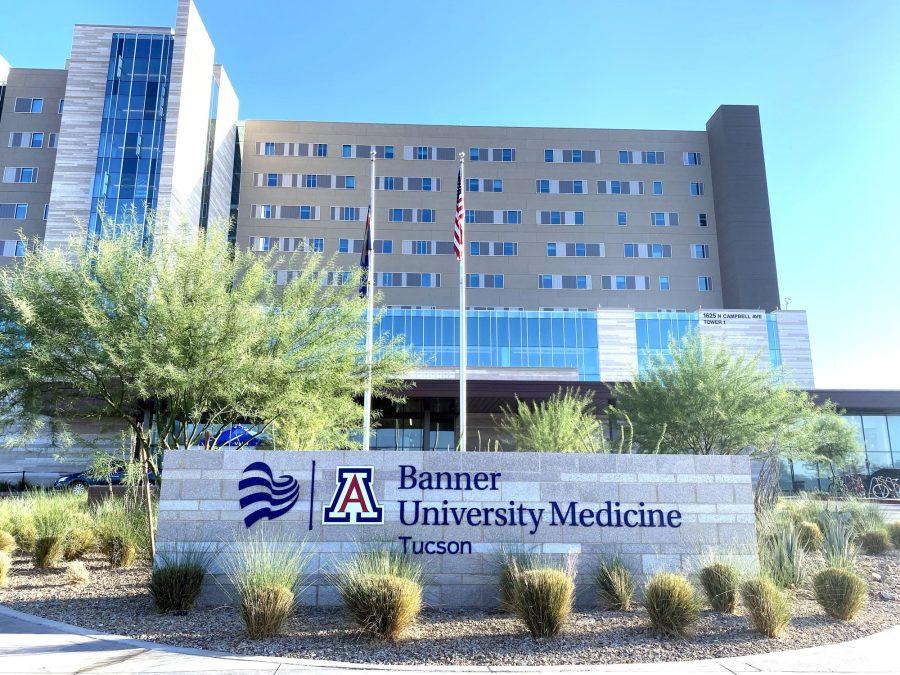It is no secret that COVID-19 has had a devastating impact worldwide, on both academic and non-academic interests. Within the United States, we are leading the world in case count and total deaths, with over 14 million cases and 266,000 deaths reported since January 2020.
Going deeper into the local impact of COVID-19 in Arizona, an extremely recent recommendation report projects that total hospital capacity (both COVID-19 and non-COVID-19 designated beds) will be exceeded by January 2021. In the past few months, this has meant many changes from elective surgeries being halted to movie theaters being shut down. However, with cases rising at such an alarming rate and society bursting at its seams, what happens next is anyone’s guess.
Without having to go further into detail, the loss of life, financial devastation and extreme uncertainty brought about by COVID-19 will leave ripples that are going to be felt for years to come. One such area that is being uniquely impacted by the ongoing pandemic is research.
Basic science research is at the very foundation of how scientific discoveries are made, yet resources have been necessarily shifted towards vaccine discovery. Though virology research only made up 2% of biomedical research before the onset of COVID-19, the percentage has now been estimated to be over five times that at 10-20%. Lab space has been reallocated, funds have been diverted and personnel has been shifted towards the common goal of not only managing but ending COVID-19.
RELATED: Personalized vaccines: The new frontier in cancer treatment
While all this isn’t to say the impacts of these shifts in research haven’t been incredible, with Pfizer/BioNTech set to earn an Emergency Use Authorization for their revolutionary mRNA vaccine by the end of December 2020, we can’t forget about all the science which has been “pushed aside,” so to speak.
Here at the University of Arizona, while we have done an objectively excellent job of managing COVID-19 on a post-undergraduate level, major sacrifices still have been made. Back on April 1, 2020, all labs not currently working on a research activity deemed essential were given two options; go through a waiver process or shut down.
In the months following this announcement, research has been in a limbo state, with labs carefully managing who is in person and when to slow the spread in hopes that work can continue. Though the University of Arizona was picked because it is a local research facility, similar actions are being taken worldwide. The combined impact of shifting resources and temporary shutdowns have meant areas like congenital anomaly research have been all but halted, even though this is an issue that kills 400,000 annually.
With Pfizer being a now household name, vaccine research progressing at an almost alarming rate, and COVID-19’s impact on basic science research appearing to slowly loosen, it is hard to say where the scientific community will be even a month from now. However, what can be said is that what was “normal” just over a year ago may never be achieved again. The “new normal” we all have been adjusting to for months, both in science and our daily lives, looks like it is here to stay.
Follow the Daily Wildcat on Twitter















